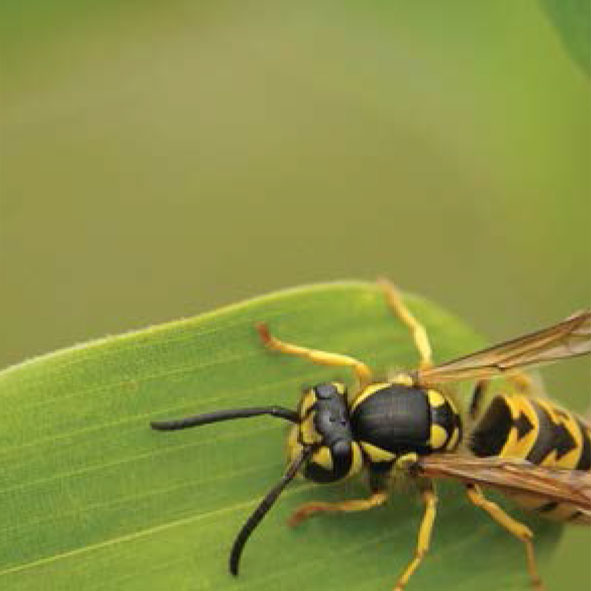Allergens
An allergic reaction is an inappropriate response by the body’s immune system to foreign substances, or allergens, such as house dust mites, pollen, food, mould or pet dander. Allergies are a common, chronic, often debilitating condition that often affects the patient’s quality of life and can sometimes even cause a fatal reaction.
HUMAN ALLERGIES
Potential allergy symptoms in humans cover a variety of symptoms which can range from mild to severe. Symptoms vary from one person to another and according to the allergy. If left untreated allergy symptoms can worsen over time.
- Psychological symptoms: fatigue, irritability, poor sleep, negative effect on concentration and performance
- Allergic conjunctivitis with itchy, red and watery eyes
- Allergic rhinitis with sneezing and blocked or runny nose
- Swelling and itching in the oral area
- Suffocation by swelling of the throat and larynx
- Allergic asthma with dry cough and shortness of breath
- Skin or digestive discomfort
- Wheezing
- Constricted airways in the lungs
- Severe lowering of blood pressure and shock

VETERINARY ALLERGIES
Animals can suffer from many of the same ailments as people, including allergies. Most allergies in animals fall into three categories: environmental allergies, food allergies, and insect-bite allergies. Allergies in animals can have a significant impact on quality of life and can greatly strain the relationships between people and their companion animal.
Some signs of potential allergies in companion animals such as dogs, cats and horses (symptoms vary according to species):
- Itchiness: excessive scratching, licking, chewing themselves, overgrooming, rubbing against trees, fences, stalls or rolling in the dirt or grass to “scratch their itch”. Red, inflamed skin, small scabs or crusts on the body
- Fur loss
- Frequent, recurrent ear infections
- Frequent, recurrent anal gland problems
- Hives
- Digestive discomfort
- Sneezing and runny nose
- Runny eyes
- Cough
Grasses
Grasses are one of the most common causes of allergies. The pollen released by grass can be carried by the wind over many miles.
Trees
Tree pollen is the first seasonal allergy of the year, with some trees releasing pollen in January. Trees that trigger allergies include ash, beech, birch, cedar, elm, mulberry, olive, poplar, willow, etc.
Air pollutants
Traffic-related emissions are a significant source of air pollution and can worsen allergic rhinitis symptoms and asthma. Industrial air pollutants and particulates can exacerbate allergic rhinitis and asthma as well as modify the allergenic potential of certain pollens.
Weeds
Weed pollen season occurs from spring to early autumn. Weeds that trigger allergies include mugwort, nettle, lamb’s quarters, ragweed, sage, Russian thistle, etc.





Latex
Natural rubber latex, the protein in the sap of the Brazilian rubber tree, is found in many consumer goods (balloons, rubber bands, etc.). Latex allergy symptoms may include hives, itching, stuffy or runny nose. It can cause asthma symptoms with difficulty breathing and can result in anaphylaxis.

House dust mites
House dust mites belong to the Arachnida class, which includes spiders and ticks. They measure between 0.2-0.4 mm and are present in all households where they tend to be more numerous in bedding, upholstery, carpets, etc.

Insect venom
Insect venom stings can cause severe reactions in people with allergies. While some will have only minor reactions to stings, others may have a life-threatening allergic reaction and go into anaphylactic shock. Venoms responsible for allergic reactions include species from the Hymenoptera order including honey bees, hornets, wasps and yellowjackets.

Pets
Animals with fur can be a source of allergy. The body reacts to dead flakes of skin shed by animals. What triggers an allergic reaction isn’t pet fur, but a substance found on the pet’s fur; this allergen is produced by the skin of felines and is also present in their saliva, urine, tears and dander.

Food allergies
The most common food allergies are triggered by milk, egg, peanut, tree nut, soy, wheat, fish and shellfish. While most symptoms from food allergies are mild and limited to skin or digestive discomfort, some people may develop anaphylaxis which can lead to constricted airways in the lungs, severe lowering of blood pressure and shock and suffocation by swelling of the throat and larynx.

Mould, mildew
Fungi can be found both indoors in damp areas (bathroom, kitchen, etc.) and outdoors (fallen leaves, compost, grasses, etc.). The spores produced by the fungi are released by wind and dew.
